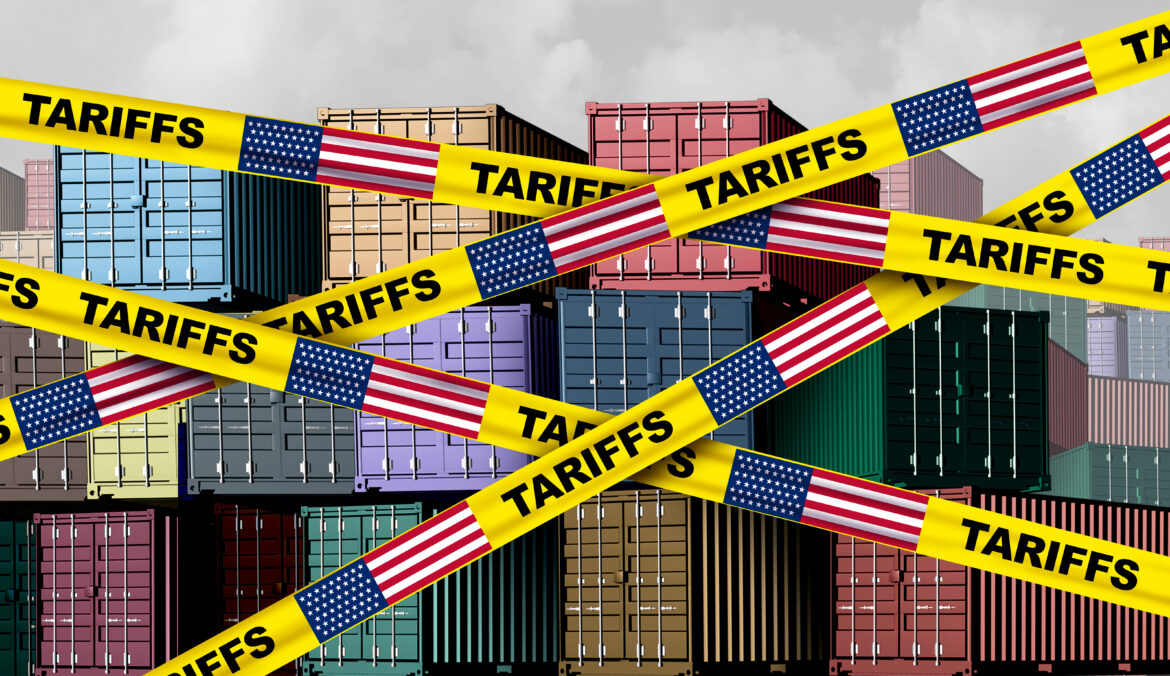The federal government announced over $25 billion in supports for workers and businesses affected by U.S. tariffs and trade disruptions, with an expected cost of over $12 billion on an accrual basis over five years.
Budget 2025 includes a $5 billion Strategic Response Fund to help firms in all sectors and regions impacted by tariffs adapt, diversify and grow. The program offers flexible terms to maintain industrial capacity by offsetting new market access costs, supporting retooling and helping Canadian firms expand or secure new markets.
The Strategic Response Fund includes $1 billion in Strategic Innovation Fund support for the steel industry’s transition toward new lines of business and strengthening domestic supply chains, announced in July 2025.
Sectors affected
The budget targets support for steel, aluminum, forestry, automotive and agriculture sectors hit by tariffs. Employment in these trade-exposed sectors has been affected by weak hiring and layoffs.
Unemployment has increased, driven by weak hiring and layoffs in trade-exposed sectors such as manufacturing. Businesses are pausing hiring plans in response to new tariffs and trade tensions, interrupting the labour market recovery that took hold in late 2024.
Employment growth has slowed since January but rebounded in September 2025, adding 60,000 jobs and offsetting earlier losses. Most of the rise in unemployment comes from slower hiring as businesses delay or cancel job postings.
Worker reskilling
Budget 2025 provides $570 million over three years starting in 2025-26 through Labour Market Development Agreements with provinces and territories to support training and employment assistance for workers impacted by tariffs and global market shifts.
The government will implement a new reskilling package for up to 50,000 workers. Employment Insurance will become more flexible with extended benefits.
Budget 2025 provides $382.9 million over five years starting in 2026-27, plus $56.1 million ongoing, to launch Workforce Alliances. These bring together employers, unions and industry groups to help businesses and workers succeed in the changing labour market and coordinate public and private investments in skills development.
A new Workforce Innovation Fund will invest in projects tailored to local job markets to help businesses find workers and workers access training and job opportunities.
Regional support
Up to $1 billion over three years starting in 2025-26 goes to Regional Development Agencies for the Regional Tariff Response Initiative. The funding supports businesses impacted by tariffs across all affected sectors, including increasing non-repayable contributions for eligible businesses.
The government expects to collect $4.4 billion in tariff revenue alongside the spending measures.
Agriculture and food sectors
Canada is one of the largest exporters of agriculture, fish and seafood in the world. These sectors contribute to competitiveness, sustainability and food security while supporting jobs and growth across the country and in rural communities.
The government is helping these sectors adapt and respond to economic challenges and a shifting trade environment while positioning them to take advantage of opportunities.
Auto sector
The government committed to fight alongside auto workers to keep auto plants in Canada. Trade disruptions have created uncertainty affecting the automotive manufacturing sector.
Labour market impacts
Youth unemployment rose from 12.9 per cent in February to 14.7 per cent in September 2025. Young people are disproportionately affected by weaker hiring. With fewer hiring opportunities across many sectors, job searches are taking longer, pushing up long-term unemployment.
The labour force has expanded more gradually as a result of slower population growth and immigration rates returning to sustainable levels under the 2025-2027 Immigration Levels Plan. These measures have helped ease pressure on the labour market and contain overall unemployment.
Trade context
The U.S. effective tariff rate is now the highest since the Great Depression in the 1930s. Canada has the best deal of any U.S. trading partner, with 85 per cent of trade tariff-free and the lowest average tariff of any country at 5.4 per cent.
However, tariffs and trade tensions have strained supply chains and raised costs for Canadian exporters. The government describes the measures as the most comprehensive suite of trade resilience measures in Canadian history.





